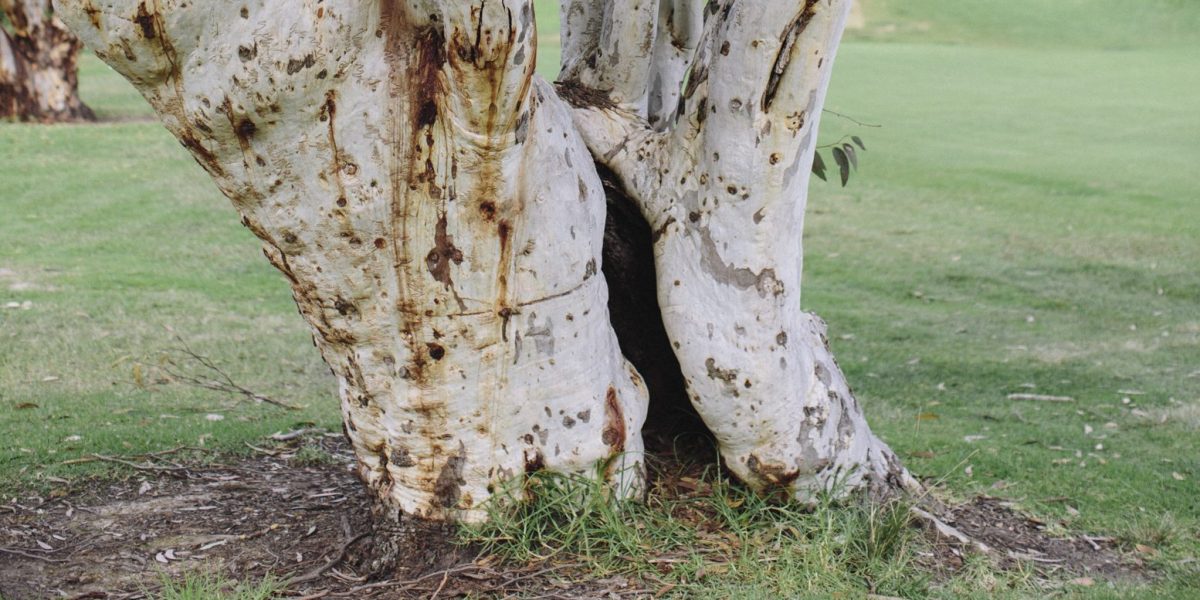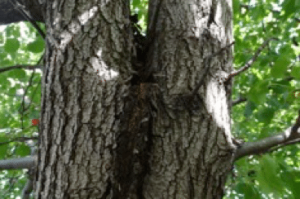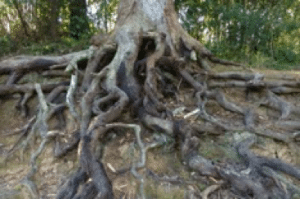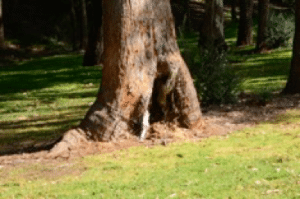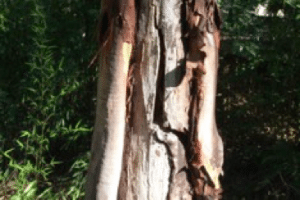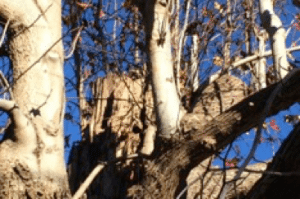Below is a brief summary of the most common defects you are likely to find in your trees. Too often we get called out to tree failures that could have been avoided if the defect had been dealt with correctly.
Common Tree Defects
-
Bark Inclusions:
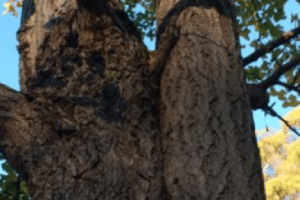
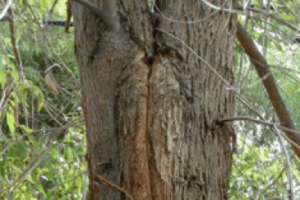
These are possibly one of the most common defects in trees and often lead to failure during wet and/or windy weather. These defects can be pruned out in juvenile trees but not as easily in mature trees. This defect is also referred to as co-dominant trunk. Weight reduction and selective pruning may be required to reduce loading and limit the likelihood of failure.
-
Root Damage:
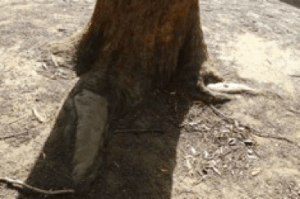
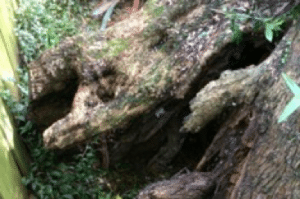
Root damage can lead to tree instability and possible tree failure. Trees typically have three to four major structural roots from which all other roots originate and damage to these not only affects stability but can also significantly affect a trees health. This type of damage is often caused when excavation is carried out close to the trees.
-
Cavities:
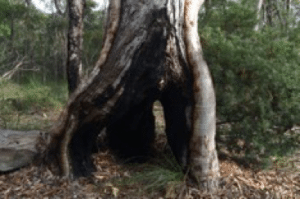
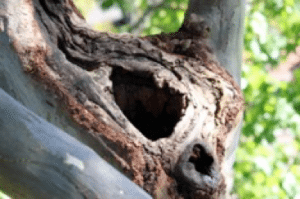
Cavities are typically formed after the structural wood has decayed away and/or eaten away by borers or termites. Trees gradually adapt to strengthen the tissue around cavities and are able to exist with substantial loss of structural timber. It is however advisable that you have them checked by an expert to ensure your tree is safe.
-
Splitting and Cracking:
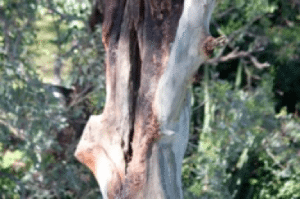
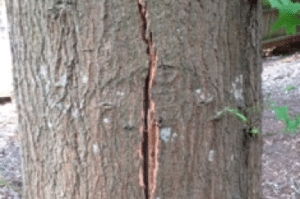
Splitting or cracking in tree can be caused from a variety of reasons. Typically it is due to excessive stresses that have cause the tissue to separate and develop into a crack. In some instances trees are able to develop tissue around the crack and over time repair the damaged area. But in other circumstances it gets progressively worse eventually leading to failure
-
Poor or Incorrect Pruning:

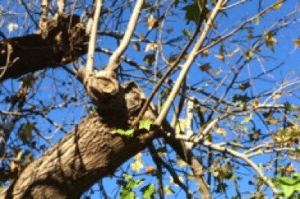
Poor or incorrect pruning can be harmful to the long term health and structure of your trees. It may be tempting to “Lop” branches or the top of trees but in reality it sends the tree into stress causing it to rapidly put on new growth known as suckering or epicormic growth. The rate of growth is much faster than standard growth rates which is counter productive to the desired outcome. This type of growth also never attaches as well as properly formed branch and therefore is weaker. You are also likely to get decay and insect attack around the cut areas.

